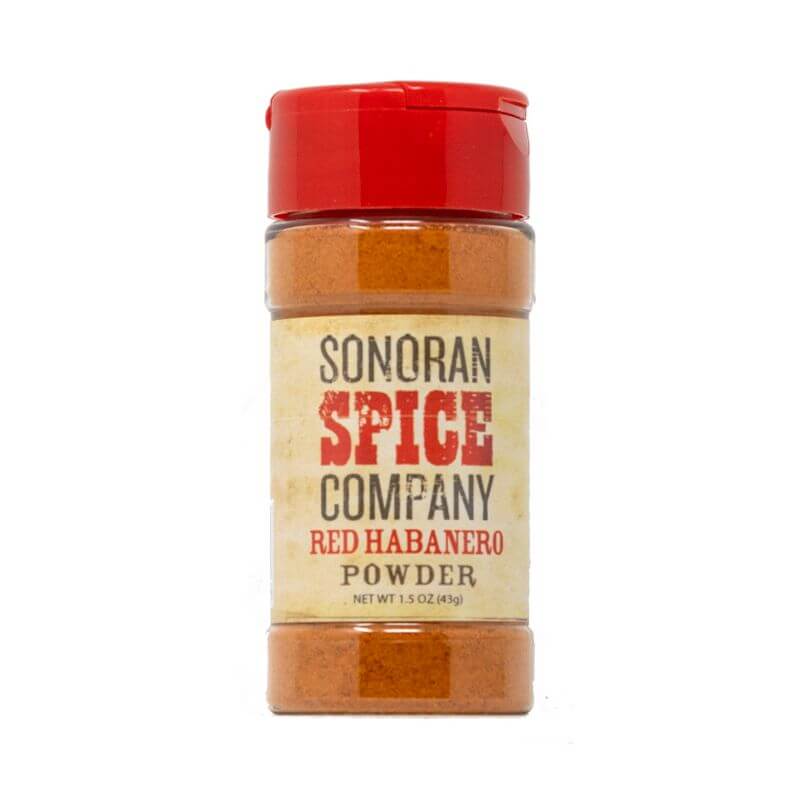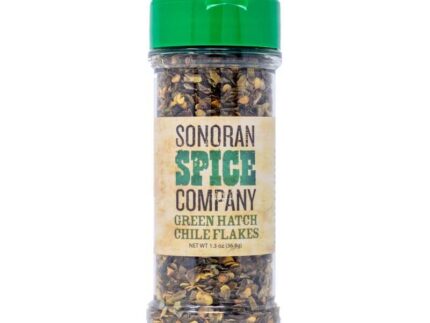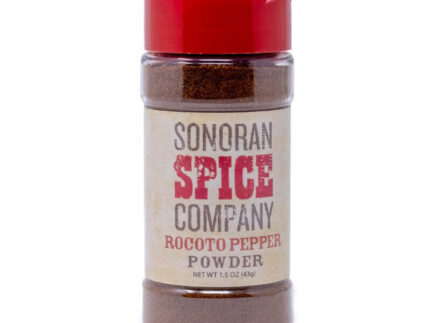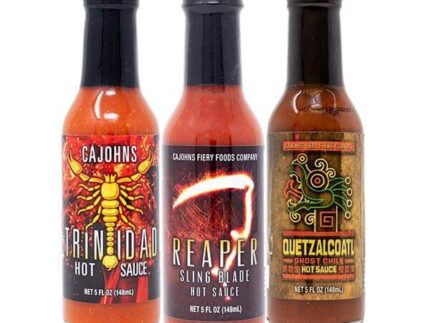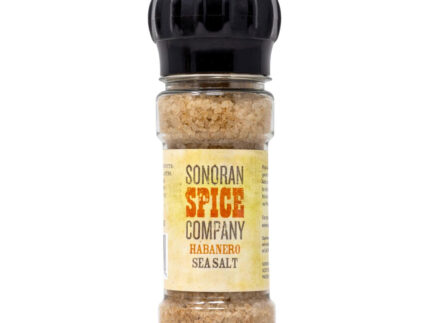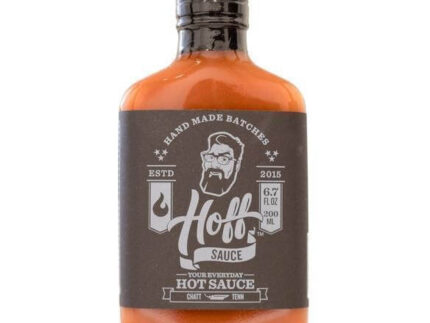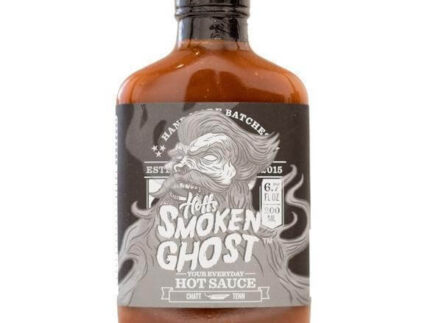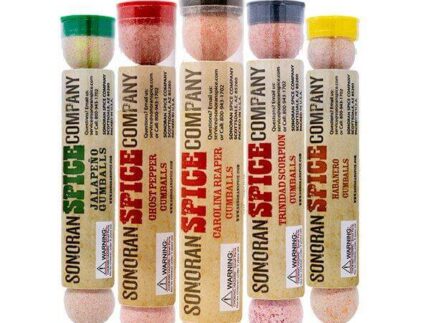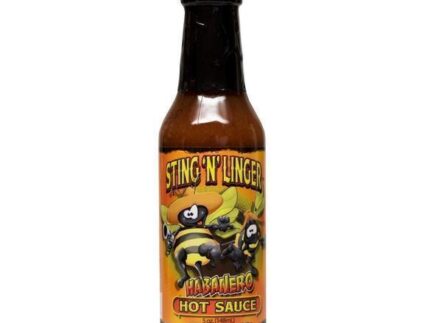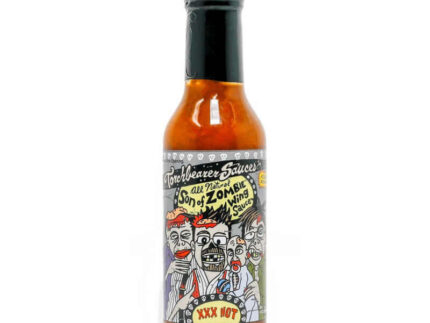Red Habanero Powder
Mix a teaspoon into ranch dip and it becomes a dip everyone will love. Add a bit more for those friends and family who think they can handle the heat and watch them beg for a glass of milk just to soothe their pain. It is excellent on the grill as well, simply add a dash to chicken, steak, pork, and more.
Our habanero peppers are hand-picked, then immediately processed into our habanero powder on site. From the harvest to your doorstep, our habanero powder is less than 30 days old from the time it was harvested and processed. We offer the freshest habanero powder available in the USA.
-
Naturally Gluten-Free, 100% Pure!
-
Sweet, fruity taste, excellent in salsas
-
Averages 300,000 Scoville Heat Units
We offer wholesale discounts on purchases over $500. You can learn about wholesale on our Wholesale Page.
Shipping Configurations
1.5 oz, 3.75 oz, 7.5 oz, 16 oz, 1 kg – Ships in professionally sealed spice jars.
10 lbs and 44 lbs – Ships in a double-lined bag inside a box.
Frequently Asked Questions About Habanero Peppers
How hot is a habanero pepper?
Habaneros range from 100,000 to 577,000 Scoville Heat Units (SHU). There are many varieties of habanero peppers, the most popular varieties are red and orange habaneros, those typically range between 300,000 to 350,000 SHU.
What does a habanero pepper look like?
Ripe habanero peppers are typically 1/5-2.5 inches in length. The skin is smooth but can be slightly waxy. The pepper’s body often has a slight taper from the stem to the tip, which can be pointed or blunt. Inside, they are filled with seeds which are spread around a white, spongy placenta where capsaicin, the compound responsible for their heat, is most concentrated.
Where do habanero peppers come from?
At one point, it was thought that the pepper came from China, but now it’s more commonly thought to have first grown in the Amazon. Archaeologists discovered a habanero from 6,500 B.C. It is easily grown in other hot climates such as Costa Rica, Panama, Belize, and even warmer parts of the United States like Texas and California. Some habaneros also grow in the Caribbean.
Want to learn more about habanero peppers? Be sure to check out
Habanero Pepper | Breaking Down the Popular Pepper with Extreme Heat
on our blog.
